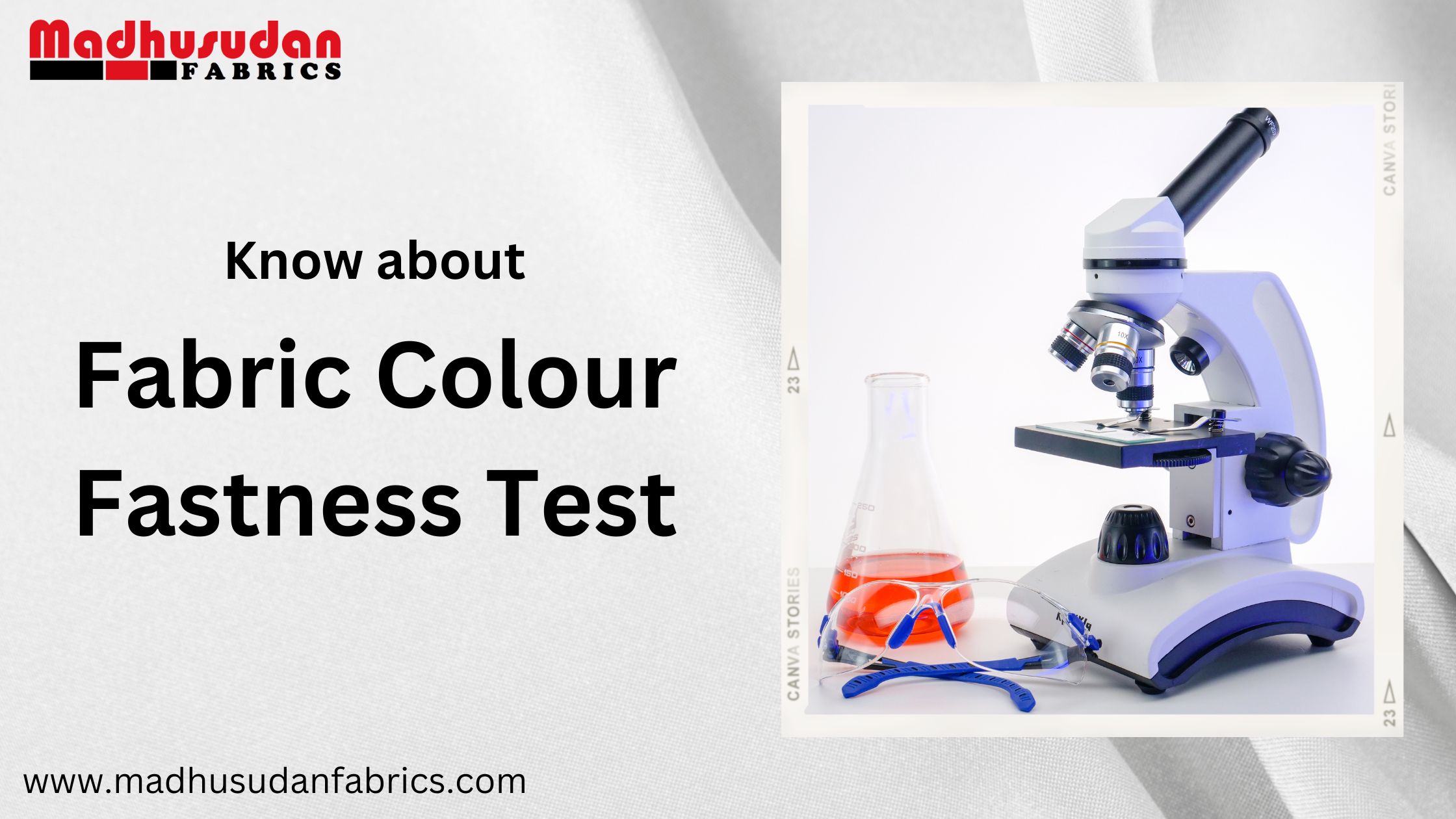Washing and colour fastness tests are important laboratory procedures used to measure how well a fabric retains its colour and shape after being washed and exposed to other environmental factors. These tests are performed on a variety of fabrics, including cotton, wool, polyester, and nylon, to ensure that they meet the quality and durability standards of consumers and manufacturers.
Washing fastness test
The washing fastness test is used to determine how well a fabric retains its colour and shape after being washed in a washing machine. The test is typically performed using a standard washing machine and detergent, and the fabric is washed a specified number of times under controlled conditions. After washing, the fabric is evaluated for changes in colour, shade, and shape.
Procedure:
- Prepare a test specimen of the fabric. The specimen should be at least 10 cm x 10 cm in size.
- Place the fabric specimen in a standard washing machine with detergent and water.
- Set the washing machine to the appropriate cycle for the type of fabric being tested.
- Wash the fabric specimen for the specified number of times.
- Remove the fabric specimen from the washing machine and rinse it thoroughly with water.
- Dry the fabric specimen according to the manufacturer’s instructions.
- Evaluate the fabric specimen for changes in colour, shade, and shape.
Evaluation:
The washing fastness test is typically evaluated using a grey scale. The greyscale is a series of grey shades ranging from 0 to 5. A rating of 5 indicates that there is no change in the fabric after washing, while a rating of 0 indicates that there is a significant change in the fabric after washing.
Colour-fastness test
The colour fastness test is used to determine how well a fabric’s colour resists fading and bleeding. The test is typically performed using a variety of different methods, including:
- Crocking test: The crocking test measures the amount of colour that is transferred from one fabric to another fabric when they are rubbed together.
- Perspiration test: The perspiration test measures the amount of colour that is transferred from fabric to human skin when the wearer sweats.
- Light fastness test: The light fastness test measures the amount of colour that fades from a fabric when it is exposed to light.
Procedure:
The specific procedure for the colour fastness test will vary depending on the type of test being performed. However, the general procedure for each test is as follows:
- Prepare a test specimen of the fabric.
- Place the fabric specimen in the appropriate testing apparatus.
- Simulate the conditions of the test (e.g., rubbing, perspiration, light exposure).
- Evaluate the fabric specimen for changes in colour.
Evaluation:
The colour fastness test is typically evaluated using a grey scale. The greyscale is a series of grey shades ranging from 0 to 5. A rating of 5 indicates that there is no change in the fabric after the test, while a rating of 0 indicates that there is a significant change in the fabric after the test.
Interpretation:
The washing and colour fastness test results can be used to make a number of decisions, including:
- Choosing the right fabric for a particular application
- Selecting the appropriate washing cycle for a particular fabric
- Developing new fabrics and finishes with improved washing and colour fastness properties
- Ensuring that fabrics meet the requirements of quality control standards
By performing washing and colour fastness tests, manufacturers can ensure that their products meet the expectations of consumers and reduce the environmental impact of the textile industry.


You are providing good knowledge to our type of school uniform manufacturers.
Thanks for your compliment. You can join our WhatsApp channel to get regular updates on WhatsApp. Here is the link: https://whatsapp.com/channel/0029Va4MH8L6hENpmSQQb23a
Thanks, I’ve been looking for this for a long time
Thanks for the post